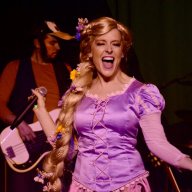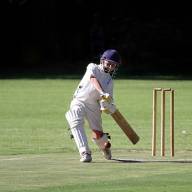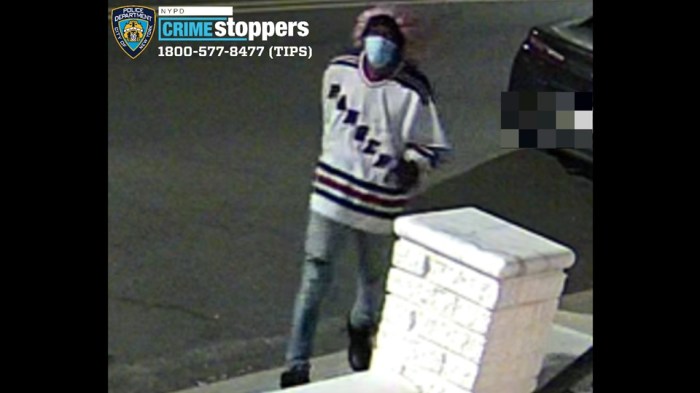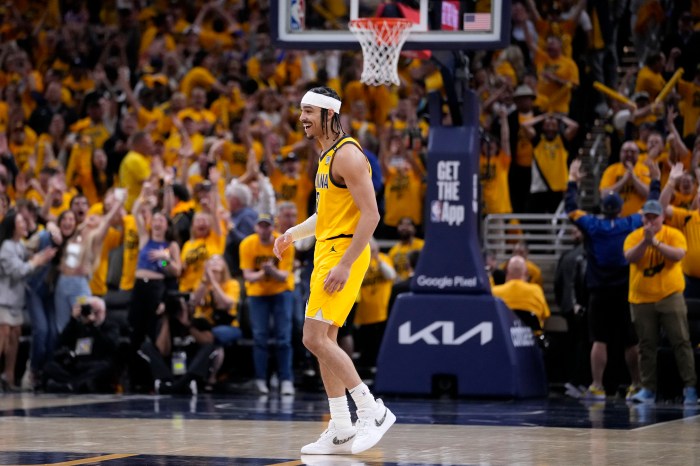Clark Terry was born in St. Louis in 1920. His earliest band experience was on the bugle with the Tom Powell Drum and Bugle Corps. In high school he took up the valve trombone. Prior to entering the service he played riverboat jobs in St. Louis. After ind
Upon his discharge he found work with Lionel Hampton’s band and rounded out the 40s playing with bands led by Charlie Barnet, Eddie “Cleanhead” Vinson, Charlie Ventura, and George Hudson. Clark worked with Count Basie’s big band and small groups from 1948 through 1951.
His breakthrough job was with Duke Ellington, with whom he worked from 1951-1959. During this period Terry took part in many of Ellington’s suites and acquired a lasting reputation for his wide range of styles (from swing to hard bop), technical proficiency, and infectious good humor. After working with Quincy Jones in 1959, he found steady work as a freelance studio artist in New York City, becoming the first black musician on the NBC payroll.
For a dozen years he was featured in the Doc Severinsen band, which played on Johnny Carson’s “The Tonight Show.” During this time, Clark worked and recorded with artists like J.J. Johnson, Oscar Peterson, and Ella Fitzgerald, then co-led a quintet with Bob Brookmeyer that achieved some popularity in the early 1960s.
When “The Tonight Show” moved west to Los Angeles, Clark made the decision to remain in New York to pursue a busy schedule as a studio musician and as a jazz star in demand not only in the United States, but throughout the world. He also became part of Norman Granz’ traveling all-stars Jazz at the Philharmonic, and began playing fluegelhorn, eventually making this his principal instrument.
The 70s and 80s found Terry touring extensively, playing concerts, clubs and festivals around the world, usually as leader but ably blending in with almost any background from late swing style to post-bop. Terry’s remarkable technical accomplishment has never overwhelmed the depth of emotion that imbues his playing, and neither of these characteristics has ever dampened his infectious humor.
This quality is most readily apparent on his singing of “Mumbles”, for which he created a unique variation on scat. His duets with himself, during which he plays fluegelhorn and trumpet, are remarkable displays of his astonishing skills yet never degenerate into mere bravura exercises.
Terry remains a major figure in the history of jazz trumpet into the beginning of the new century, after a lifetime as one of the music’s most respected and widely admired ambassadors.





























